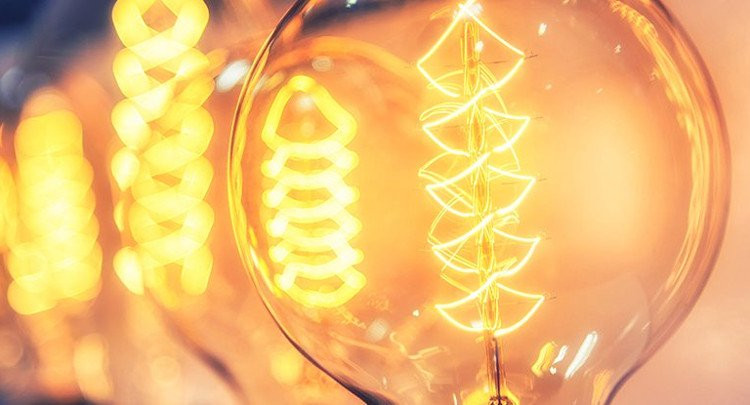Surprising discovery: Protein can conduct electricity
Proteins, the building blocks of cells, are often considered inert. However, scientists have recently discovered a protein with an amazing function: conducting electricity.
If this discovery is properly investigated and put to use, we will have a powerful diagnostic tool for medical purposes, capable of identifying single protein molecules with a small electric current.
The research was carried out over a period of four years by researchers at Arizona State University. They painstakingly checked and rechecked their work, came up with different hypotheses and searched for explanations for it all. They finally came to the conclusion that they had indeed found a protein that could conduct electricity.
“If what we think is true, this would be a big surprise,” said Dr Stuart Lindsay, lead researcher. “Our research is primarily about testing hypotheses in the data and eliminating anything that is considered untrue.”
First, Lindsay and his team developed a reader for small DNA and amino acids that can separate individual molecules between electrodes – a technology known as “recognition tunneling.”
After achieving success with single molecules, the team took their research a step further. They wondered if the same electrical pulse could identify entire proteins. The researchers used a glue containing the alphaVbeta3 protein to connect two electrodes together, and found that the protein was highly conductive.
 |
| Proteins can conduct electricity. |
In the years that followed, the team tried to find a suitable explanation for this phenomenon. There were many hypotheses, such as “electron hopping” – electrons can jump over long distances between atoms. But these explanations did not fit the data obtained in the experiment.
Then Mr. Lindsay came across the work of theoretical biophysicist Gabor Vattay of Loránd Eötvös University in Hungary. Vattay had put forward an idea based on quantum mechanics: proteins are in a state of equilibrium between conducting and insulating electricity.
An electrical vibration can activate a protein, turning it into an electrical conductor or insulator, Mr. Vattay said. This seems to fit the experiments Mr. Lindsay and his colleagues are conducting.
“In our experiments, we observed the strange behavior of a huge amount of conductive protein,” says Lindsay. “It was not static, it was dynamic. We knew that normally proteins are insulators, but when there were vibrations – they changed.”
The researchers came up with the idea: there are three curves in the protein's energy level distribution. One curve represents the metallic or conductive state, one curve represents the insulating state, and the middle curve is a quantum state between the two properties.
With the help of Vattay and some supercomputer models, the researchers were able to fuse the alphaVbeta3 protein with a quantum state. In carefully prepared experiments, the scientists were then able to create a device that turned the protein's electrical conductivity mode on and off.
So far, the scientists are being cautious with their findings. They have only tested one protein, and there are many other proteins with similar properties that they have yet to explain. Hopefully, future research can fill in these gaps.
“We basically eliminated all the dubious sources from the data, and still found a large number of proteins that were conducting. They were still there and had taken on a new property. It was amazing!” said Lindsay.
Understanding the properties of proteins is expected to open up potential medical applications. The full research was published in the journal Nano Futures.
According to Khoahoc.tv
| RELATED NEWS |
|---|
